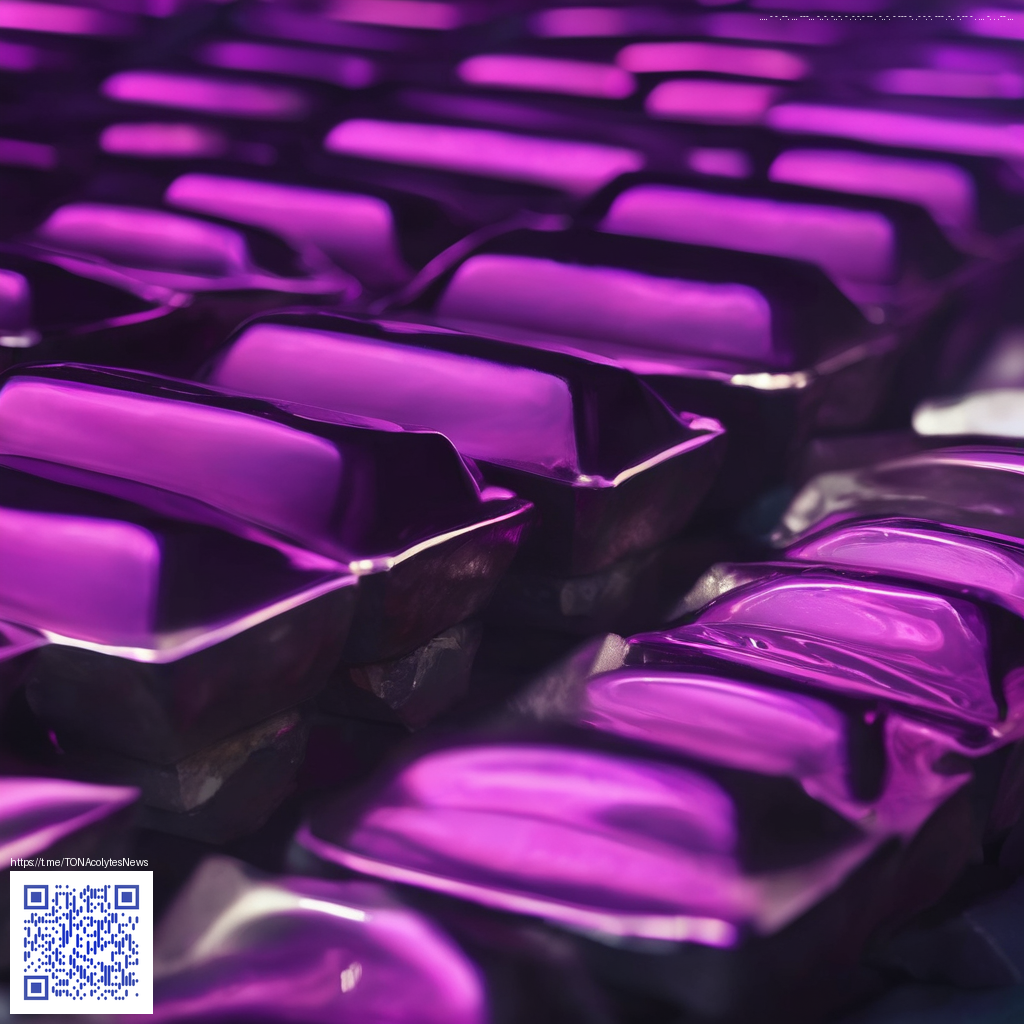
More creators are discovering that the most resilient e-commerce models blend physical products with digital assets. A print-on-demand (POD) and digital hybrid shop allows you to test ideas with low upfront risk, while still delivering tangible items your customers can use and share. The secret isn’t choosing one channel over the other—it’s weaving both into a cohesive experience: think high-quality, on-demand goods paired with instantly delivered digital extras that enhance value and repeat purchases.
Getting started with a print-on-demand + digital hybrid shop
Begin by framing your core offer: a physical product that resonates emotionally or practically, plus a library of digital assets that extend its usefulness. Consider a practical, everyday item like a MagSafe-compatible phone case. A model such as the Neon Card Holder Phone Case with MagSafe and impact-resistant polycarbonate can become the anchor product for a broader digital bundle. You can explore this example product page for ideas about textures, materials, and packaging: Neon Card Holder Phone Case with MagSafe compatibility.
Next, map out your customer journey. A clear funnel—from discovery to purchase to digital delivery—reduces friction and increases lifetime value. For inspiration on how a compelling digital asset suite can sit alongside a physical item, you might look at this showcase page: Example hybrid shop presentation. It demonstrates how visual storytelling, product descriptions, and digital assets work together to create a cohesive brand experience.
Define your product strategy: physical goods that pair with digital value
When selecting your POD inventory, aim for items with broad appeal and practical appeal. The sample product above—an impact-resistant polycarbonate case with MagSafe—illustrates a category where durability meets everyday utility. Your digital upsell could include print-ready templates, monochrome design packs, or exclusive lifestyle photography you license for customers to reuse in their own spaces or social posts. The core idea is to offer something customers can’t get from a standard warehouse listing alone.
- Physical-first, digital-second: Start with a well-made product, then layer in digital assets that extend its use, such as wallpapers, case-care guides, or design templates.
- Unified branding: Keep typography, colorways, and tone consistent across product pages and digital freebies for a seamless experience.
- Transparent delivery: Use reliable fulfillment for POD items and instant delivery for digital files to keep customer satisfaction high.
Build your digital stack and integration plan
Your toolbox could include a POD app for Shopify, a digital asset delivery system, and a simple license or usage policy for digital files. The beauty of a hybrid shop is that you can iterate quickly: run a small line of physical products, release a complementary digital bundle, and measure which combinations drive the best margins and engagement. When you design your listing pages, highlight how the digital assets amplify the value of the physical product—clearly stating what customers receive immediately upon purchase and what unlocks after purchase.
“Hybrid selling thrives where digital convenience amplifies real-world utility.”
Pricing strategy matters. Consider bundling physical and digital items at a value price, and offer a digital-only version with a lower price point for customers who want the aesthetic or the design files without the hardware. Communicate licensing terms clearly so buyers understand how they may reuse the digital assets in projects or social media. If you’re curious about a real-world product example, you can check the item details here: Neon Card Holder Phone Case – MagSafe, Polycarbonate.
Listing optimization and photography tips
Photos are your strongest argument in a crowded marketplace. Show the product in action—on a phone with MagSafe, in a desk setup, and in a lifestyle shot that communicates durability. Include close-ups of the polycarbonate’s texture and the MagSafe alignment. Write crisp, benefit-driven copy and keep alt text descriptive for accessibility and SEO. Your digital bundles should be visible as a natural extension of the product, with previews of the digital files to entice clicks and downloads.
As you test different bundles, monitor what resonates. Some customers will gravitate to the physical item alone, while others will opt for the added digital value. The hybrid approach helps you capture both segments and scale without overinvesting in inventory.